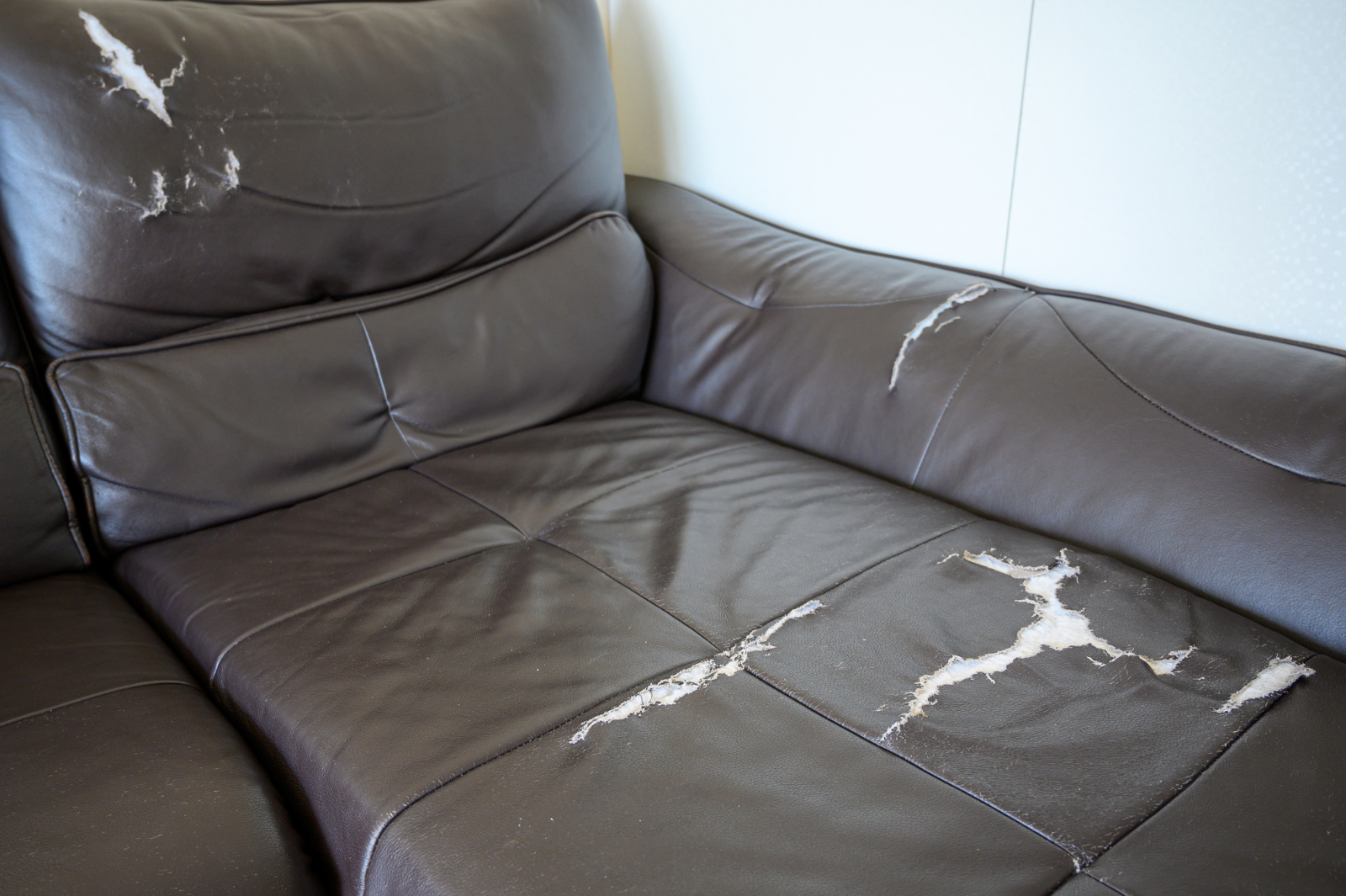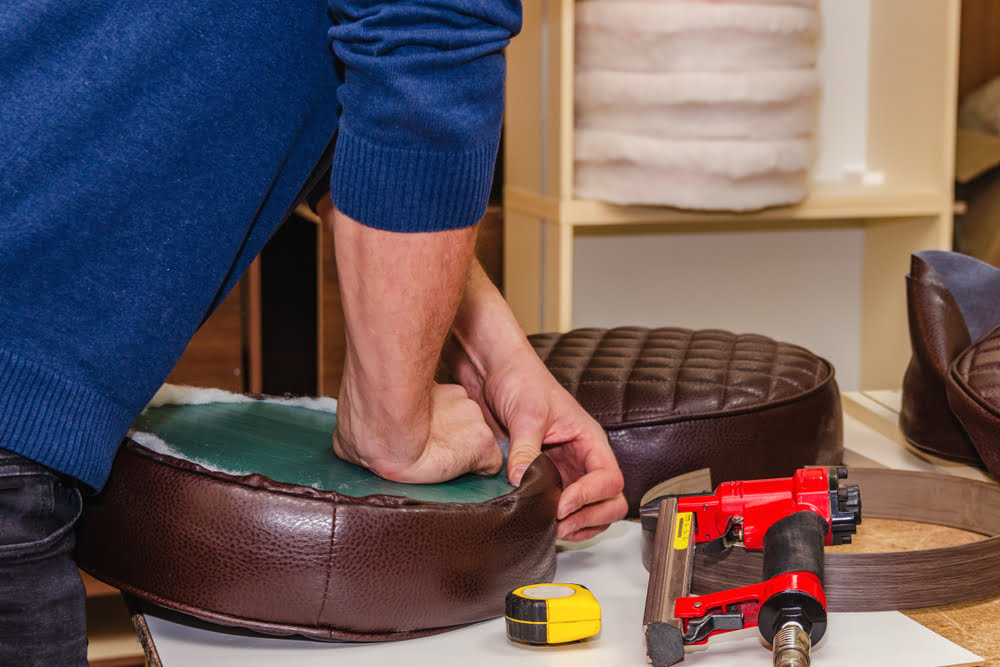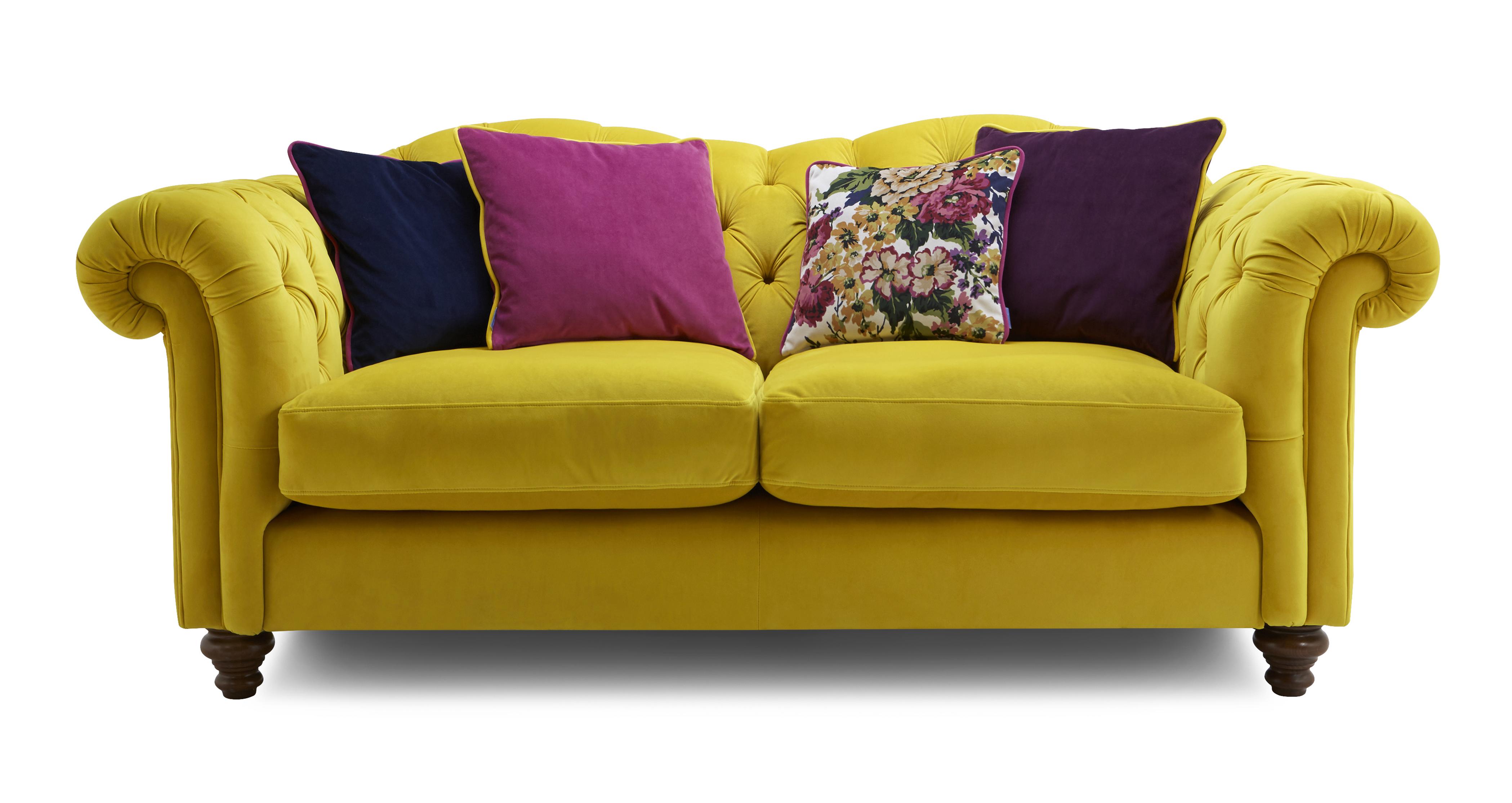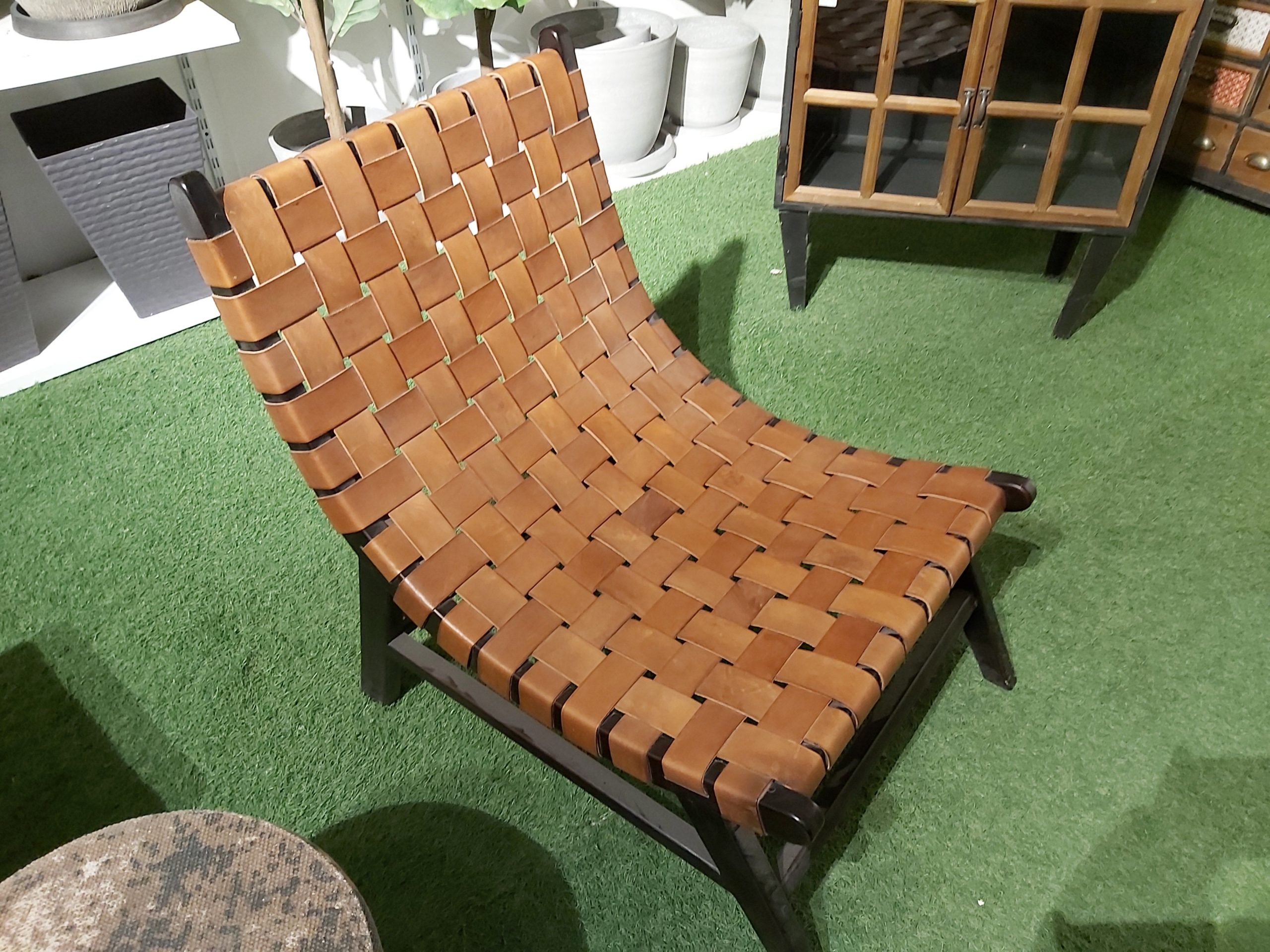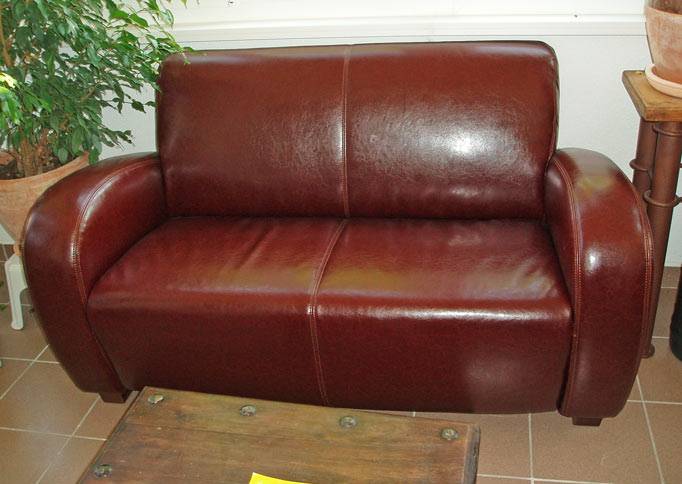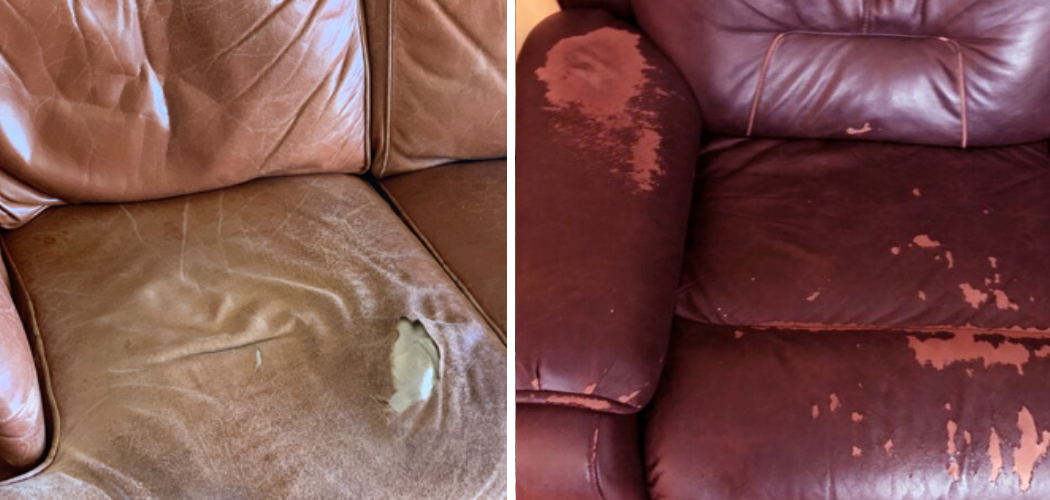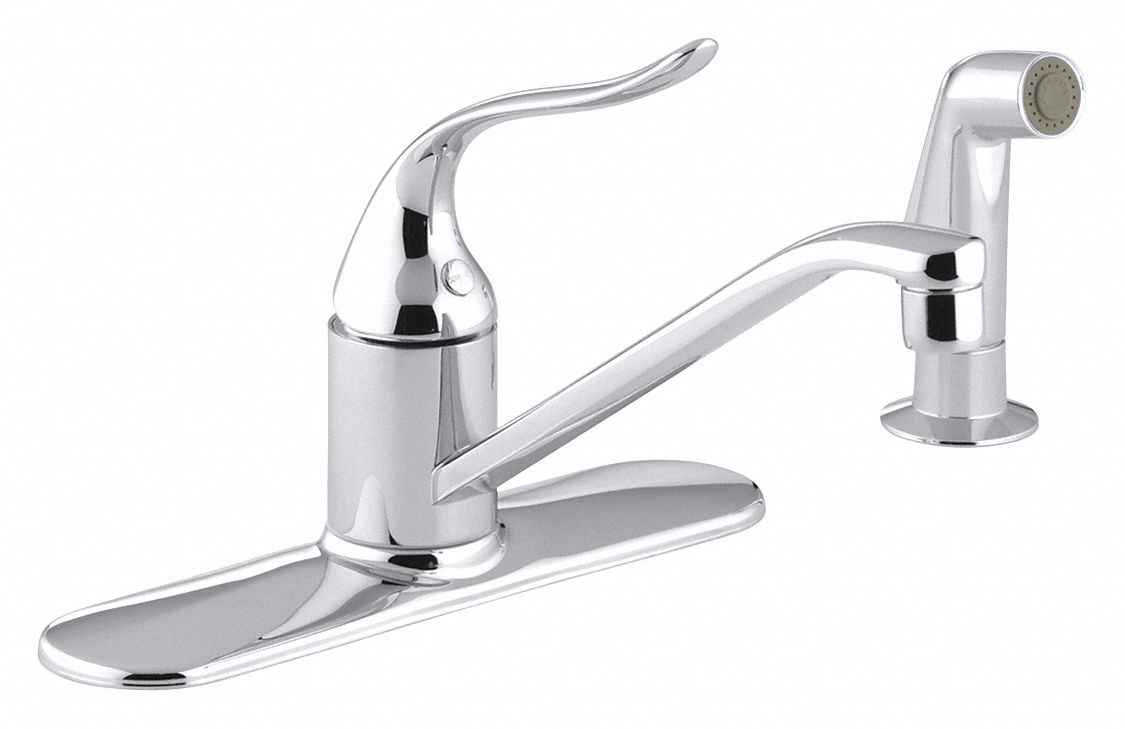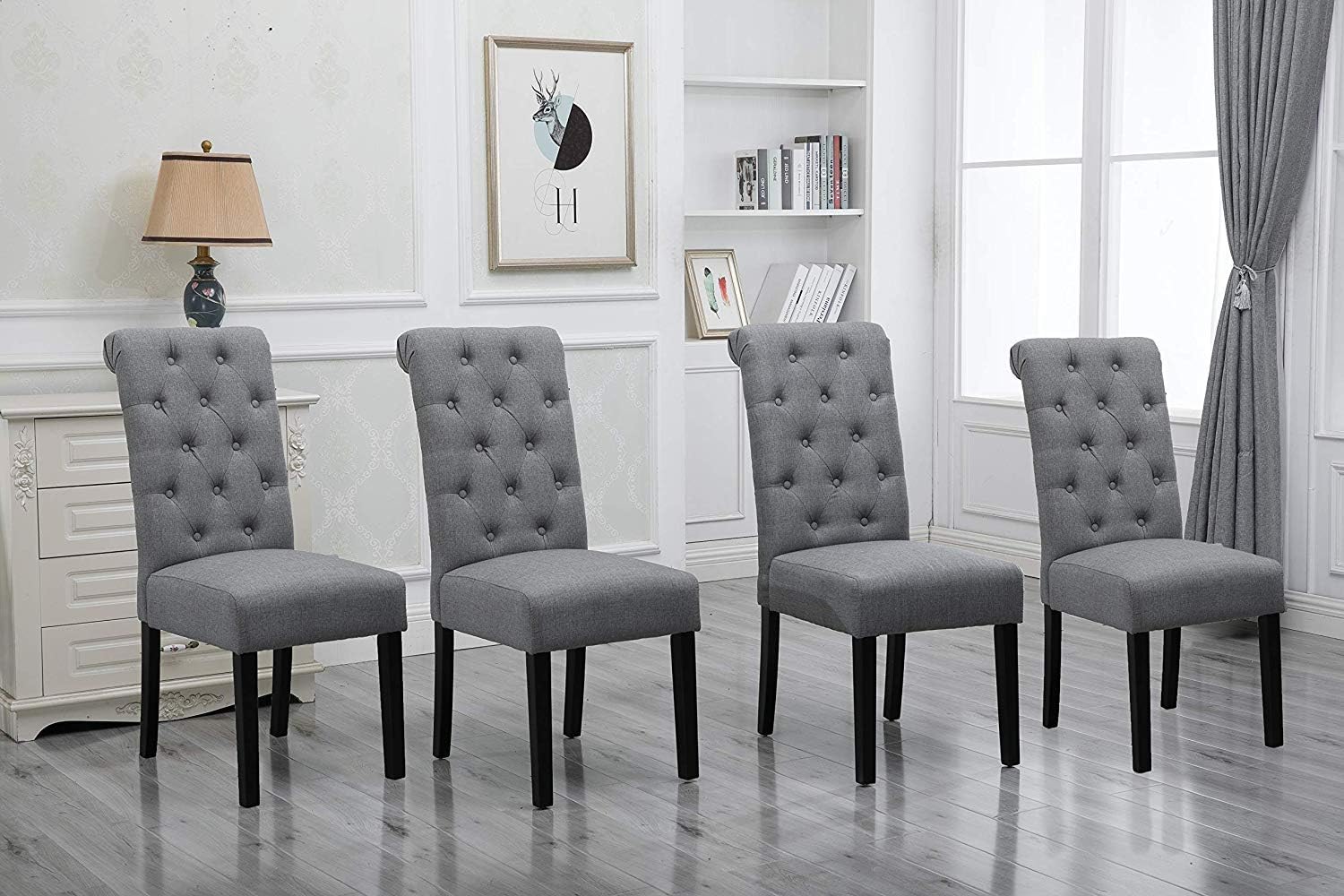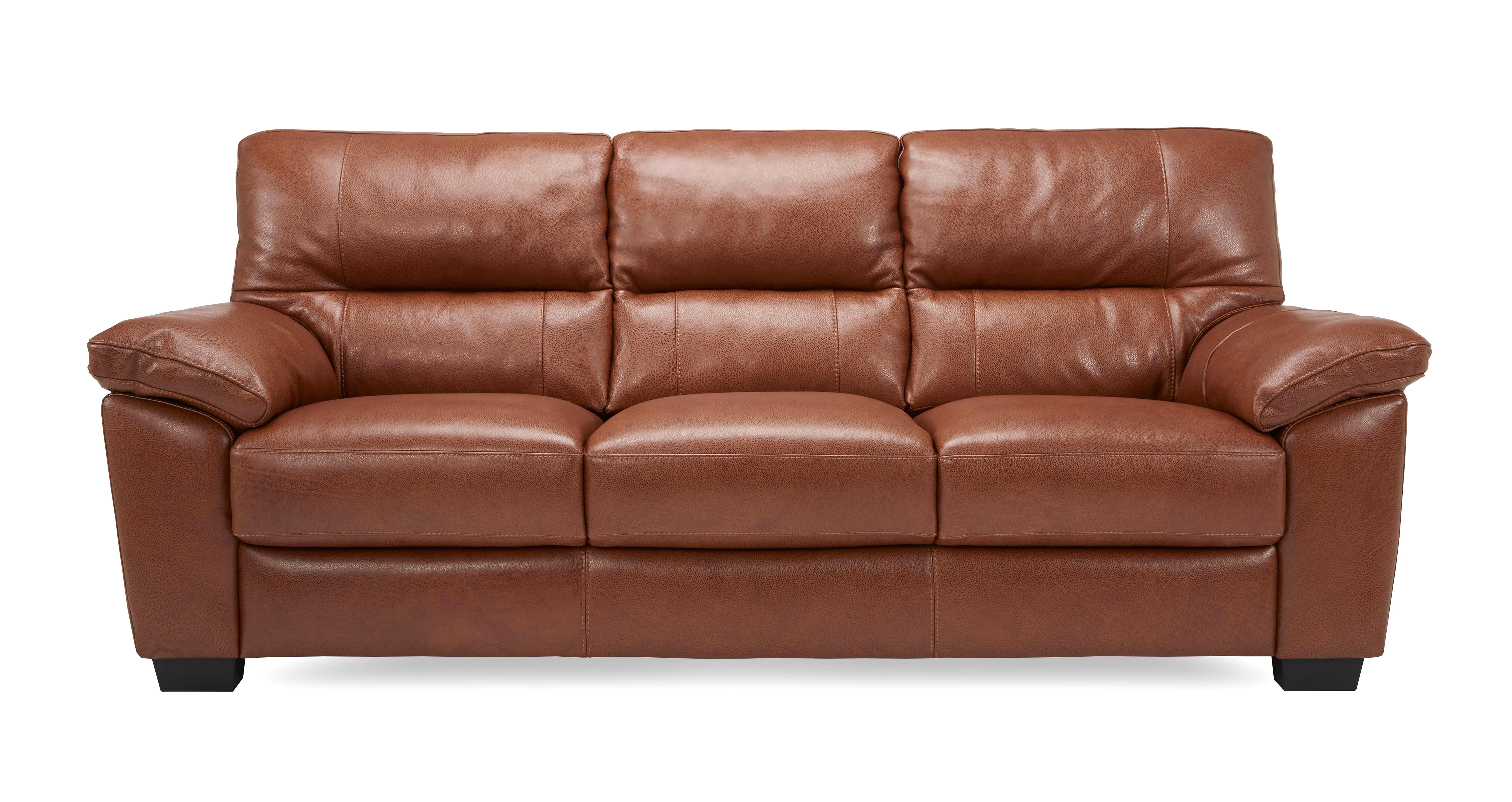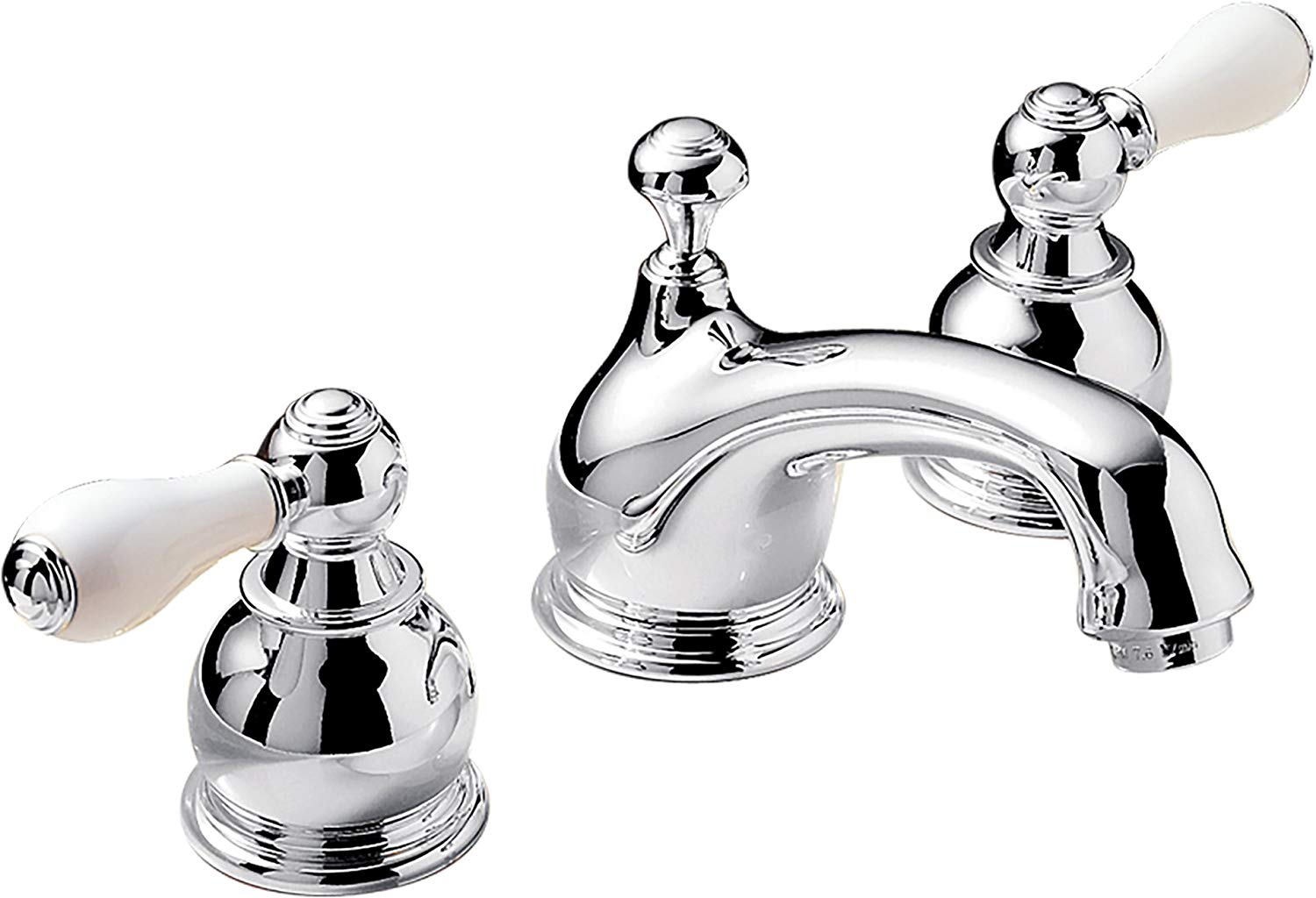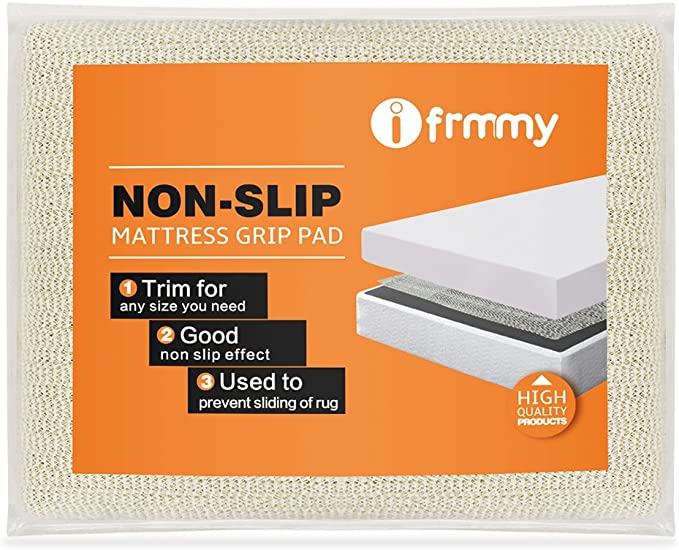Leather sofas are a popular and luxurious addition to any home. They exude elegance and sophistication, and are known for their durability and comfort. However, like any other piece of furniture, leather sofas are not immune to problems. Here are the top 10 most common problems of leather sofas and how to address them. Leather Sofa Care: Common Problems and Solutions
A leather sofa is an investment that requires proper care and maintenance to ensure its longevity. However, even with the best care, certain problems may arise. Let's take a look at some of the most common issues and how to fix them. How to Fix Common Leather Sofa Problems
1. Scratches and Scuffs - Leather is prone to scratches and scuffs, especially if you have pets or children. To fix this problem, gently rub the affected area with a soft cloth and a leather conditioner. If the scratch is deep, you may need to use a leather repair kit. 2. Fading - Exposure to sunlight can cause leather to fade over time. To prevent this, keep your leather sofa away from direct sunlight or use a UV-protectant spray. If your sofa has already faded, you can try using a leather dye to restore its color. 3. Stains - Leather is not stain-resistant, and spills should be attended to immediately. Blot the stain with a clean cloth, and use a leather cleaner to remove it. For tougher stains, consult a professional cleaner. 4. Cracking - Dry air and lack of moisture can cause leather to crack. To avoid this, regularly condition your leather sofa. If you notice any cracks, use a leather conditioner to moisturize and restore the leather. 5. Sagging - Over time, the cushions of your leather sofa may start to sag. To fix this, you can use a leather filler to plump up the sagging areas. You can also flip and rotate the cushions regularly to distribute the weight evenly. 6. Odors - Leather is porous and can absorb odors. To remove unpleasant smells, sprinkle baking soda on the affected area and let it sit for a few hours before vacuuming it off. You can also use a leather cleaner or a mixture of equal parts water and vinegar to remove odors. 7. Peeling - Low-quality or bonded leather sofas may start to peel over time. Unfortunately, there is no fix for this problem, and you may need to replace your sofa. To prevent peeling, invest in a high-quality leather sofa. 8. Mold and Mildew - Leather is susceptible to mold and mildew, especially in damp environments. To prevent this, keep your leather sofa in a well-ventilated area. If you notice any mold or mildew, use a mixture of equal parts water and rubbing alcohol to clean it. 9. Pet Damage - Pets can cause damage to leather sofas, such as scratches, tears, and stains. To prevent this, train your pets not to jump on the sofa and use a pet cover. If damage occurs, consult a professional leather repair service. 10. Aging - As leather ages, it may develop a patina, which is a natural change in color and texture. While this can add character to your sofa, you may need to use a leather conditioner to maintain its appearance and prevent cracking. Top 10 Most Common Leather Sofa Problems
Regular maintenance is key to keeping your leather sofa in top condition. Here are some of the most common issues you may encounter and how to address them. Leather Sofa Maintenance: Common Issues and How to Address Them
1. Dullness - Over time, leather may lose its shine and appear dull. To restore its luster, use a leather conditioner or a mixture of equal parts white vinegar and linseed oil. 2. Wrinkles - Wrinkles may form on leather sofas with use. To remove wrinkles, steam the affected area with a clothes steamer or a steam iron (on low heat and with a towel between the leather and the iron). 3. Loose Stitches - If you notice any loose stitches on your leather sofa, use a leather needle and thread to re-stitch them. 4. Discoloration - Leather may discolor due to spills, exposure to sunlight, or age. Use a leather cleaner or a mixture of equal parts lemon juice and cream of tartar to remove discoloration. 5. Creases - Creases may develop on leather sofas over time. To remove creases, use a leather conditioner and gently massage the affected area. Troubleshooting Common Leather Sofa Problems
Prevention is always better than cure. Here are some tips to prevent common leather sofa problems. Common Leather Sofa Problems and How to Prevent Them
1. Regularly clean and condition your leather sofa to prevent drying and cracking. 2. Avoid placing your leather sofa in direct sunlight to prevent fading. 3. Use a leather protector to prevent stains and spills from penetrating the leather. 4. Keep sharp objects away from your leather sofa to prevent scratches and tears. 5. Use a leather cleaner and conditioner specifically designed for your type of leather. Dealing with Common Leather Sofa Issues
Understanding the causes of common leather sofa problems can help you prevent them from occurring. Here are some of the most common causes and their solutions. Leather Sofa Problems: Causes and Solutions
1. Identify the problem - Examine your leather sofa regularly for any signs of damage or wear and tear. 2. Research solutions - The internet is a great resource for finding solutions to common leather sofa problems. 3. Consult a professional - If you are unsure about how to fix a problem, it's best to consult a professional leather repair service. How to Identify and Fix Common Leather Sofa Problems
1. Refer to the manufacturer's instructions for proper care and maintenance of your leather sofa. 2. Use high-quality products specifically designed for leather. 3. Take preventive measures to avoid common problems. In conclusion, leather sofas are a beautiful and durable addition to any home, but they require proper care and maintenance. By understanding and addressing common problems, you can ensure that your leather sofa stays in top condition for years to come. Common Leather Sofa Problems and How to Troubleshoot Them
How to Identify and Fix Common Problems of Leather Sofas
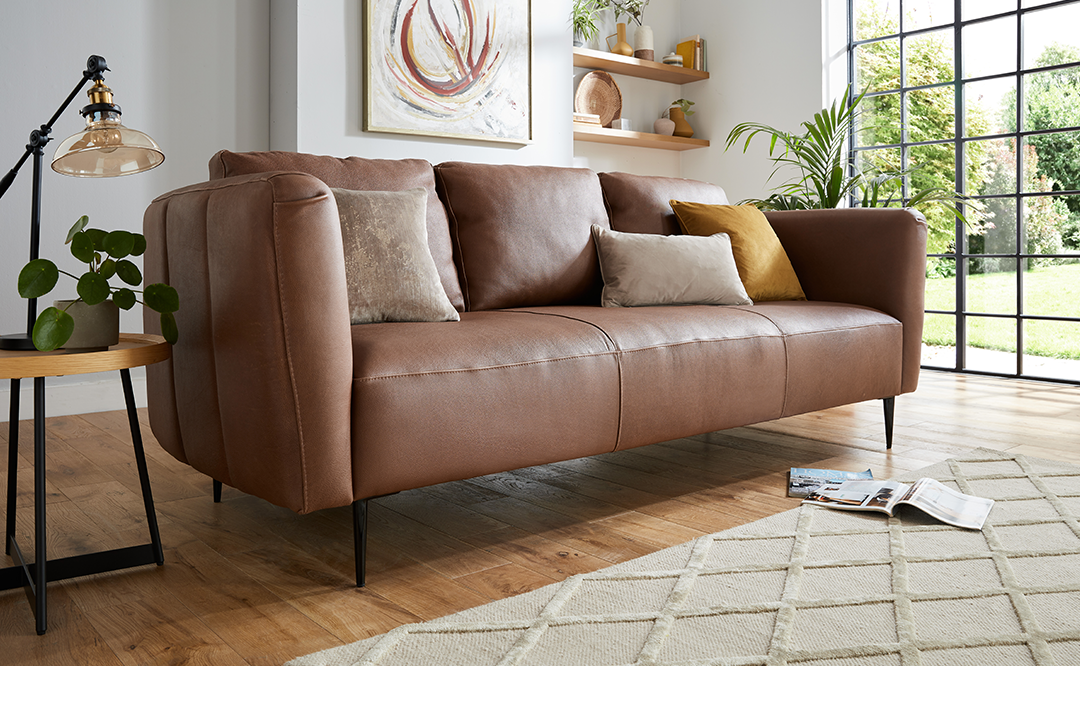
Leather sofas are a popular choice for many homeowners due to their durability, comfort, and timeless aesthetic. However, like any piece of furniture, they can experience common problems that may require attention and maintenance. In this article, we will discuss some of the most common issues with leather sofas and how to address them.

Scratches and Scuffs: One of the most common problems with leather sofas is scratches and scuffs. These can occur from regular use, pet claws, or even moving furniture. While it may seem like a major issue, scratches and scuffs can easily be fixed with a leather repair kit. Simply follow the instructions on the kit and your sofa will look as good as new.
Fading and Discoloration: Over time, leather sofas can begin to fade or become discolored. This is often caused by exposure to sunlight or harsh cleaning products. To prevent this, make sure to keep your sofa out of direct sunlight and use gentle, leather-specific cleaning products. If your sofa has already begun to fade, you can use a leather dye or color restorer to revive its original color.
Sagging and Wrinkles: With regular use, leather sofas can develop sagging and wrinkles. This is a natural occurrence as the leather stretches and conforms to your body. To prevent excessive sagging, rotate the cushions and regularly fluff them up. If the sagging becomes too severe, you can add support by placing a piece of plywood under the cushions.
Dry and Cracked Leather: Another common problem with leather sofas is dry and cracked leather. This is often caused by lack of moisture and can be prevented by regularly conditioning your sofa with a leather conditioner. If your sofa is already showing signs of dryness, you can use a leather balm or cream to restore its moisture and prevent further cracking.
By being aware of these common problems and taking proper care of your leather sofa, you can ensure that it remains a beautiful and comfortable piece of furniture in your home for years to come. Remember to regularly clean and condition your sofa, and address any issues as soon as they arise to keep it looking its best. With a little maintenance, your leather sofa can continue to be a beloved centerpiece in your home.

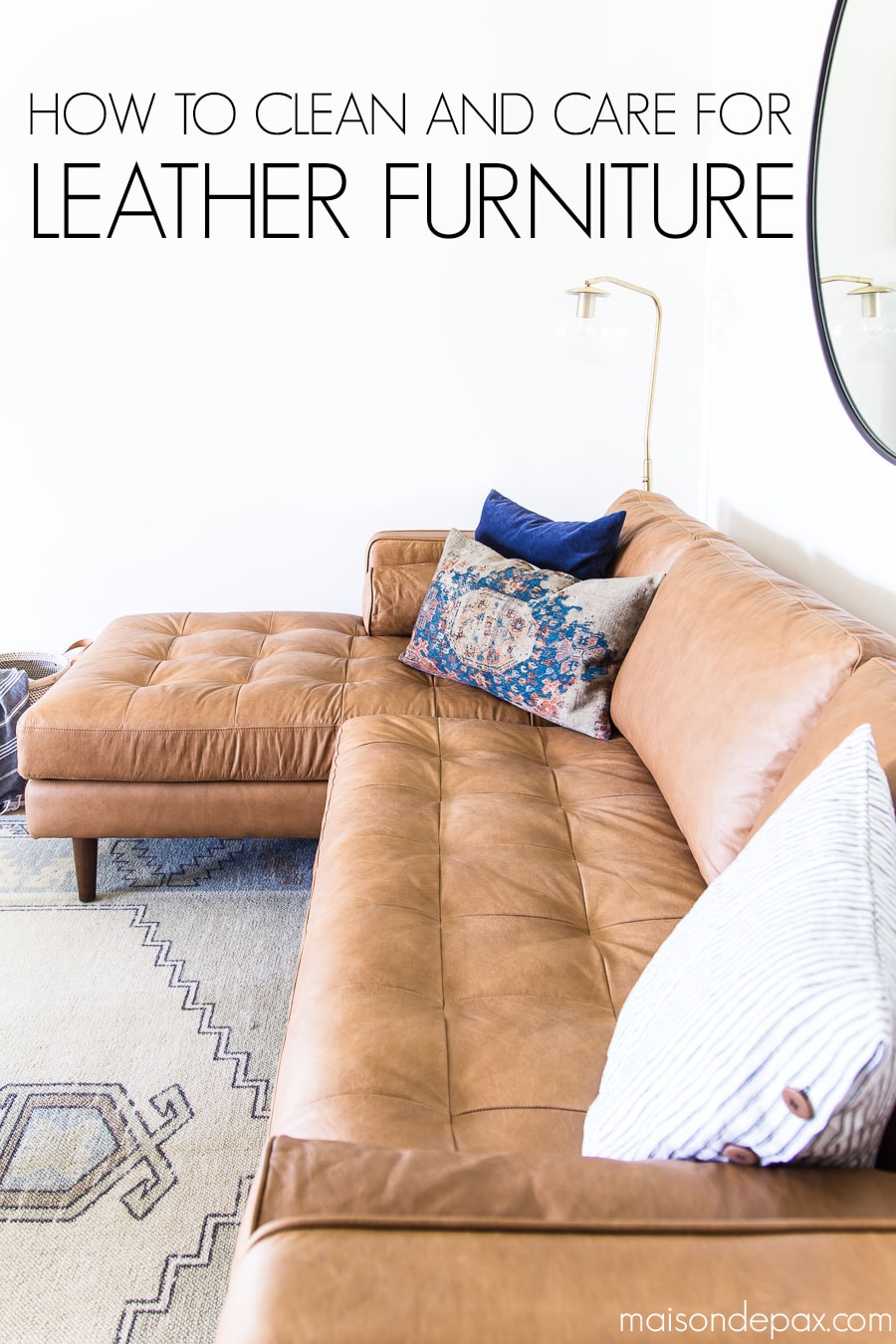

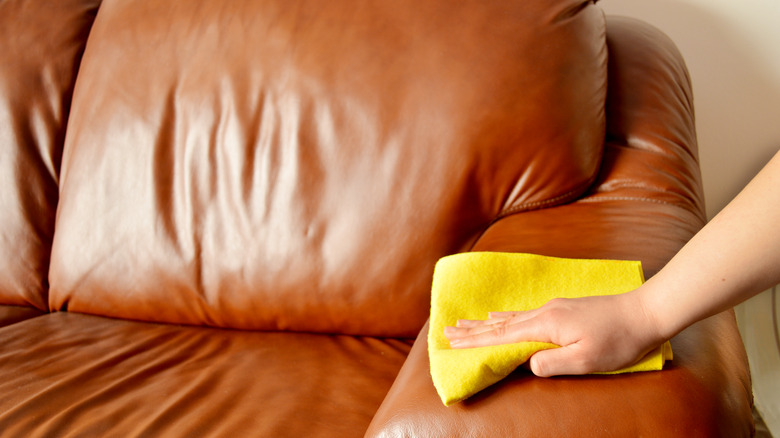
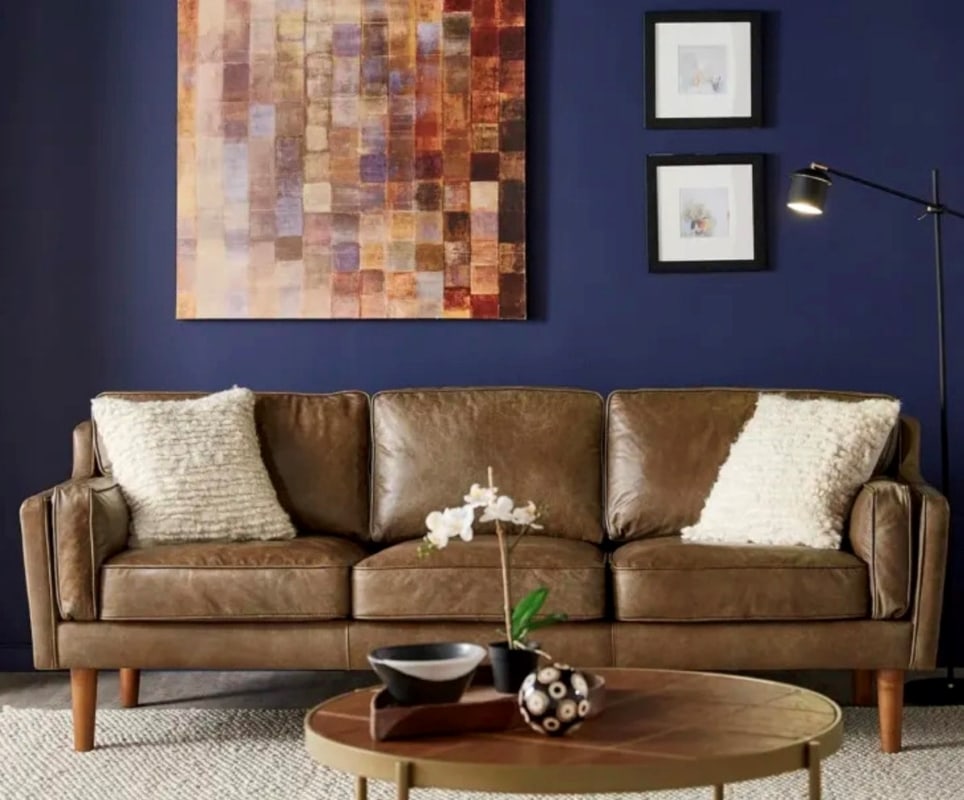

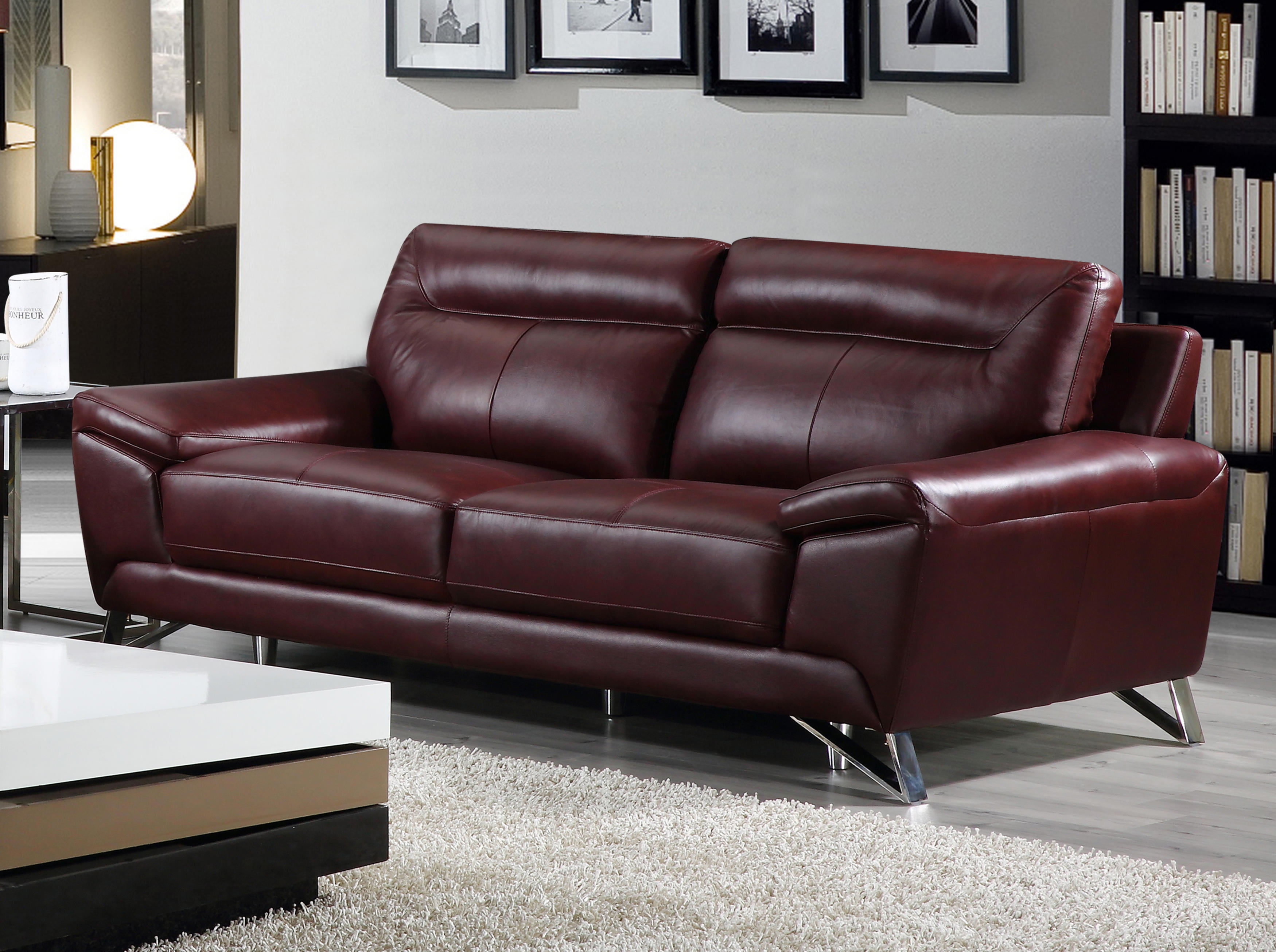


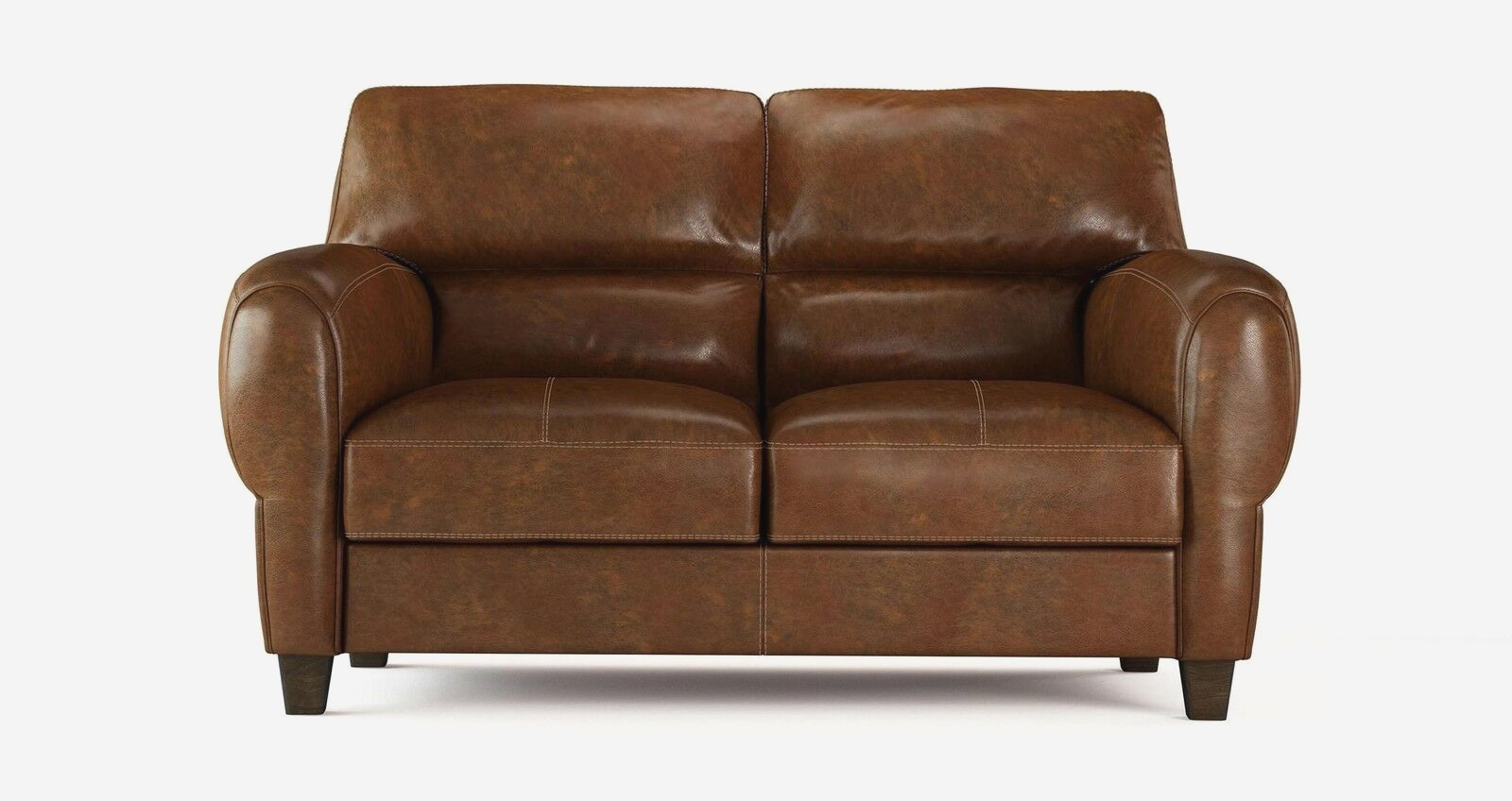


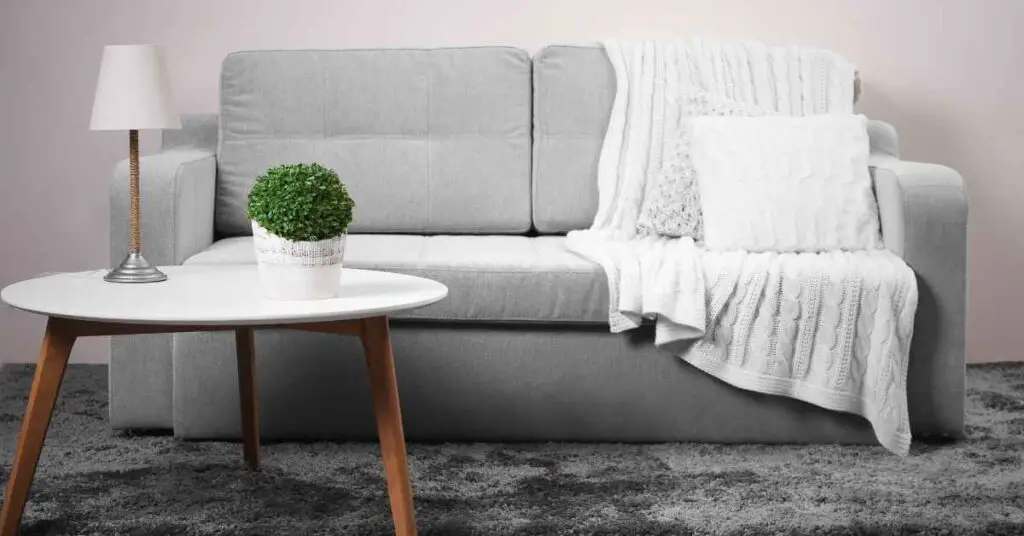



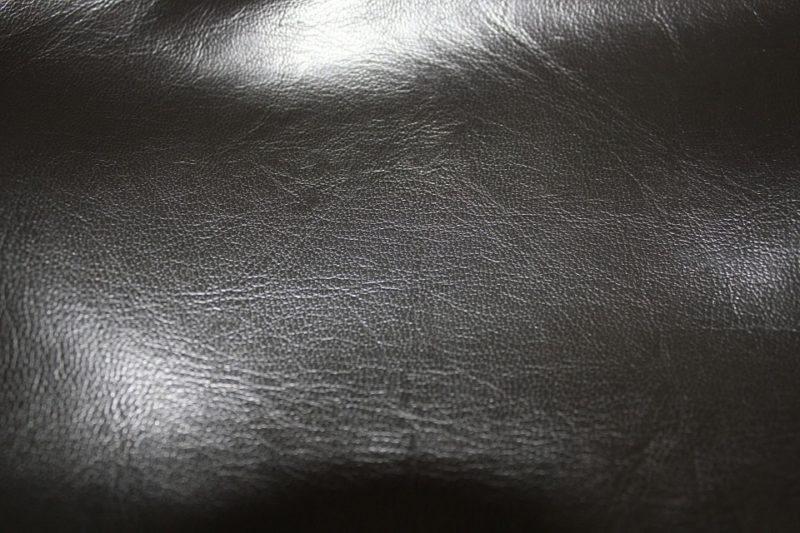



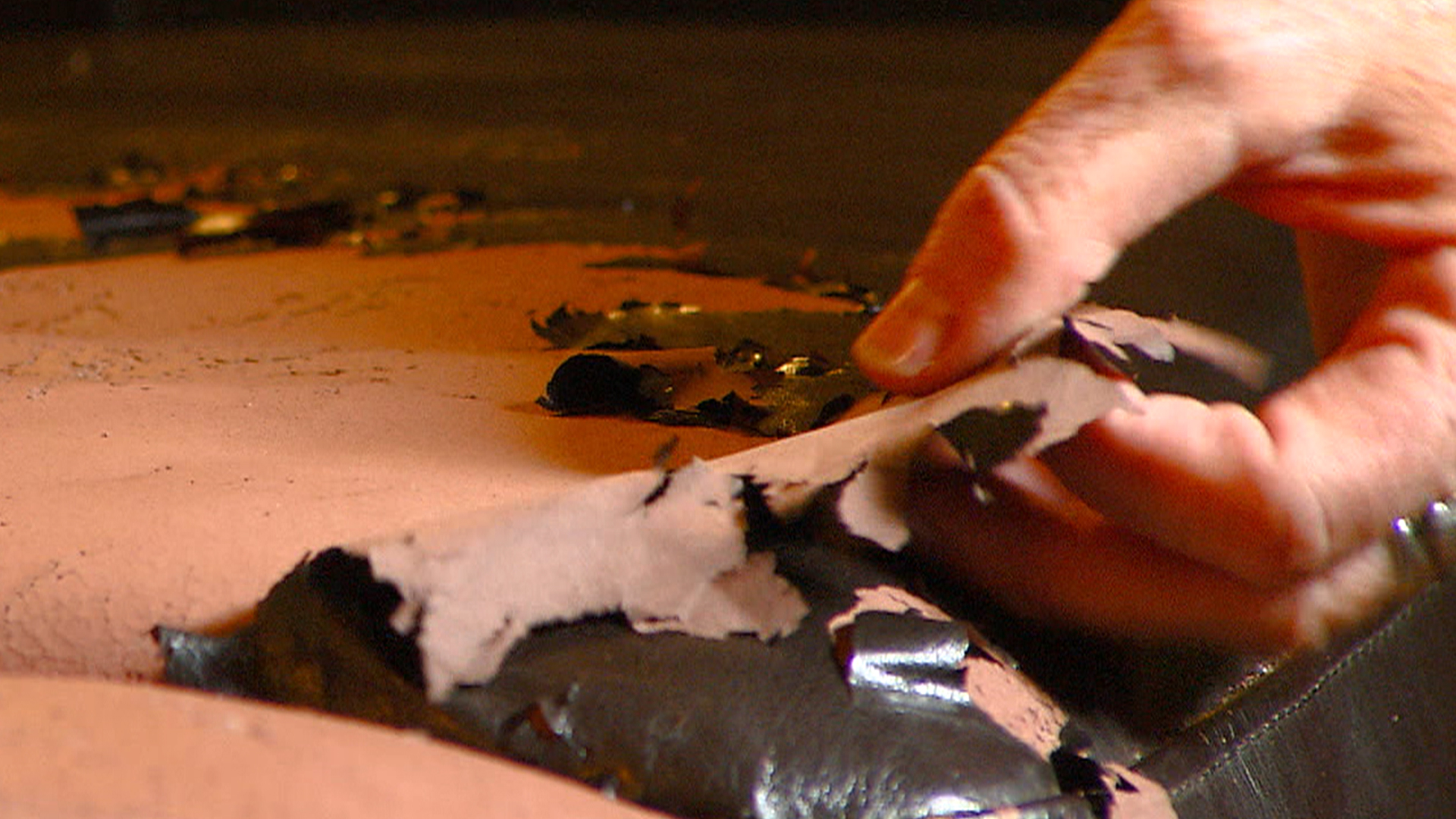




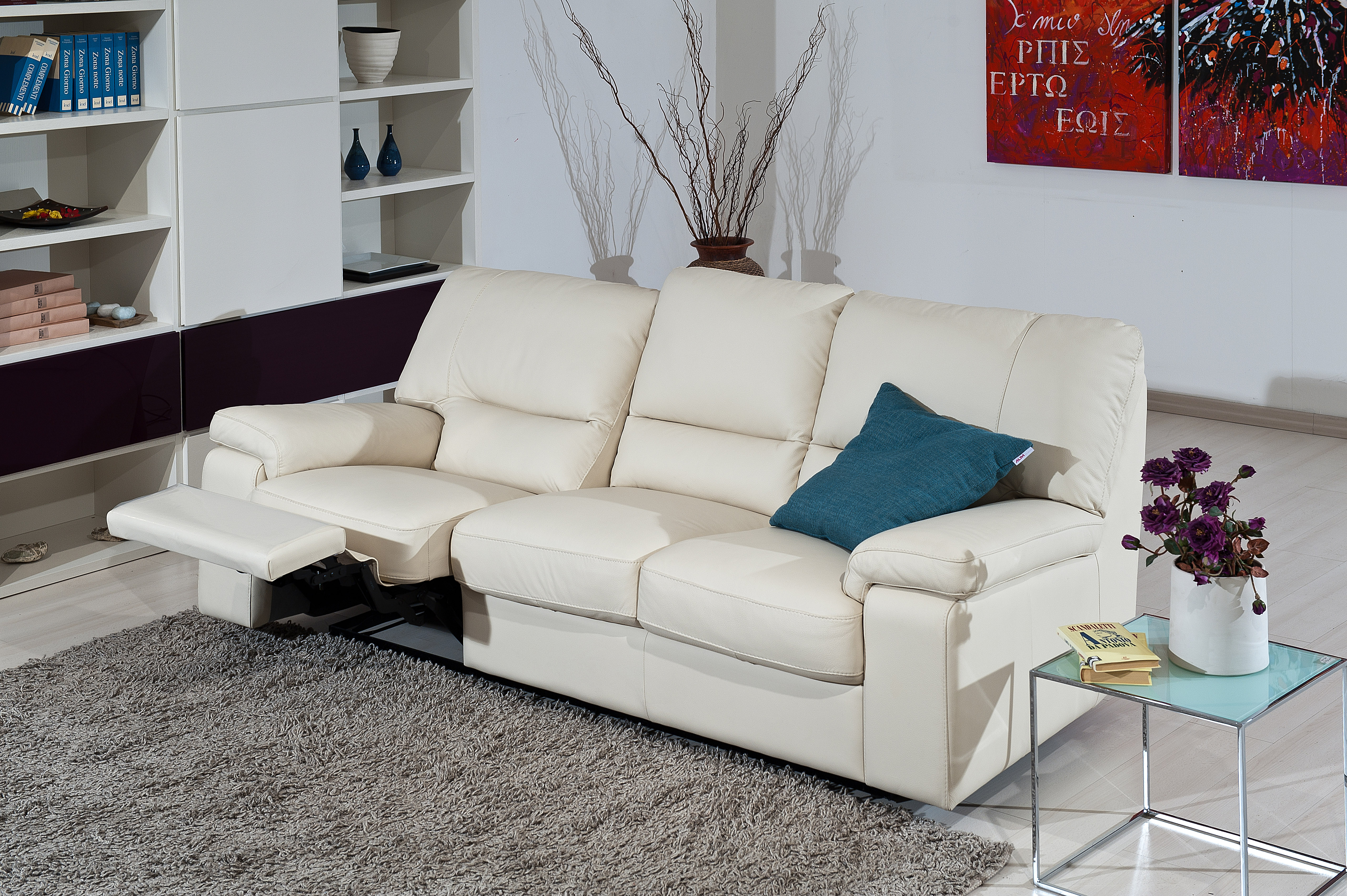
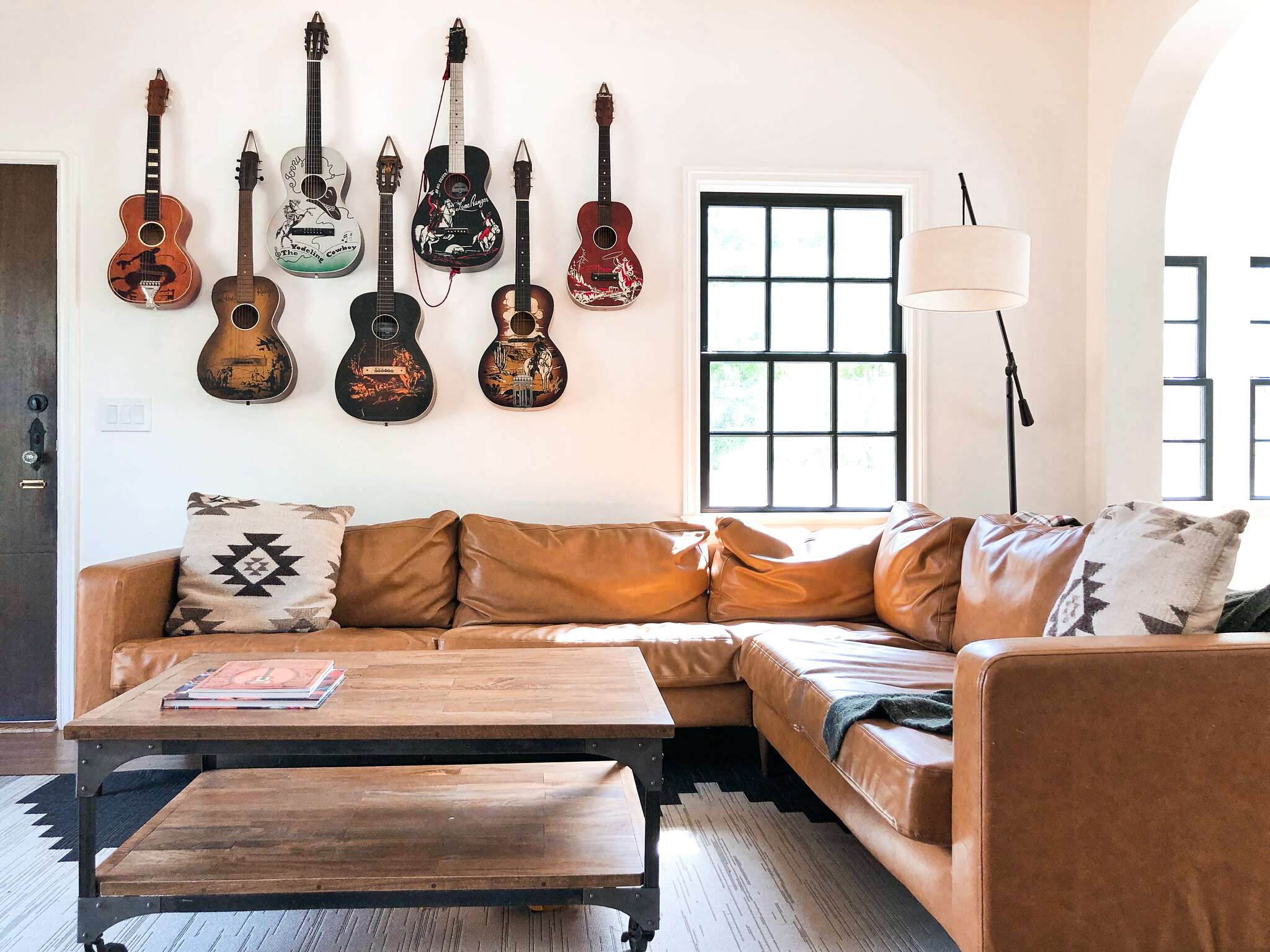
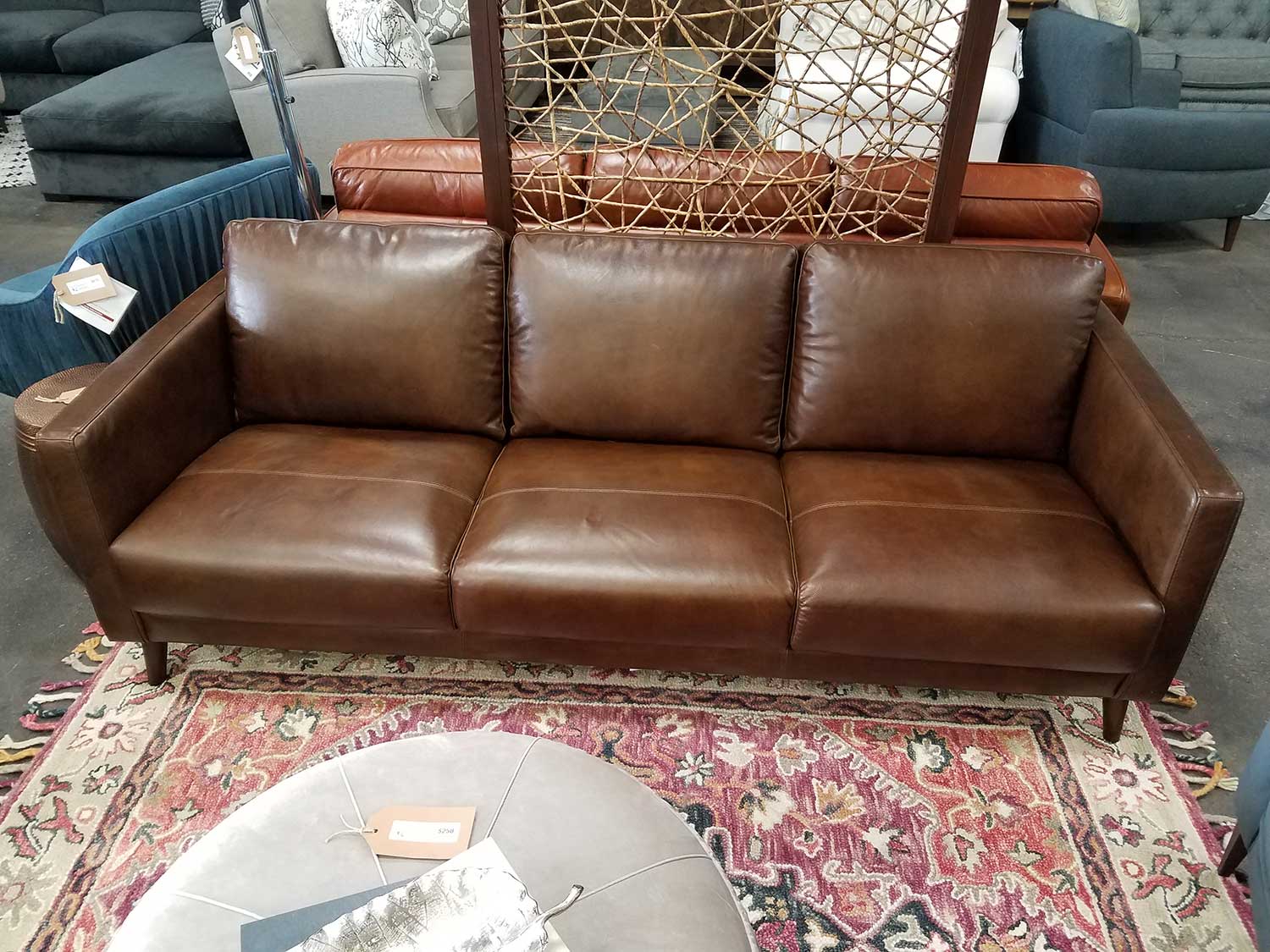
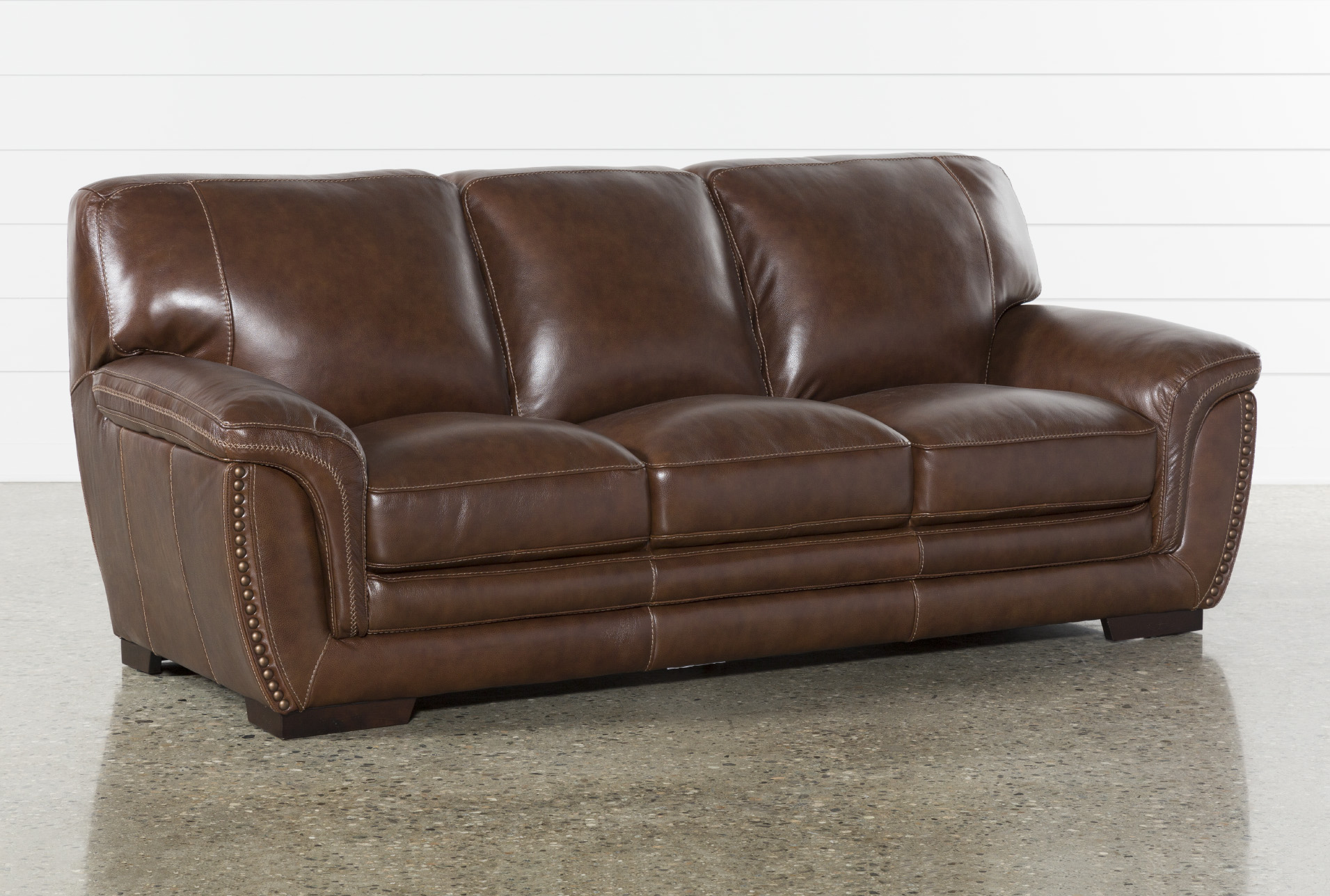
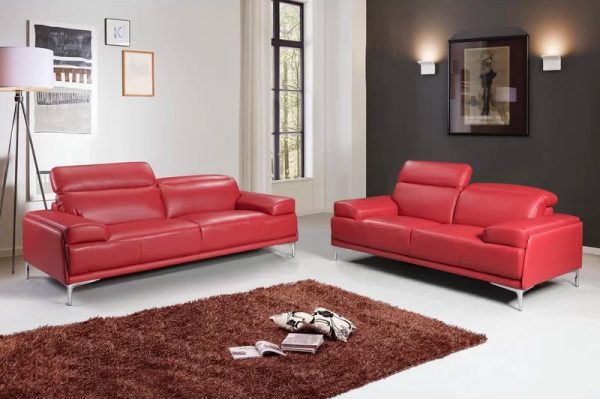
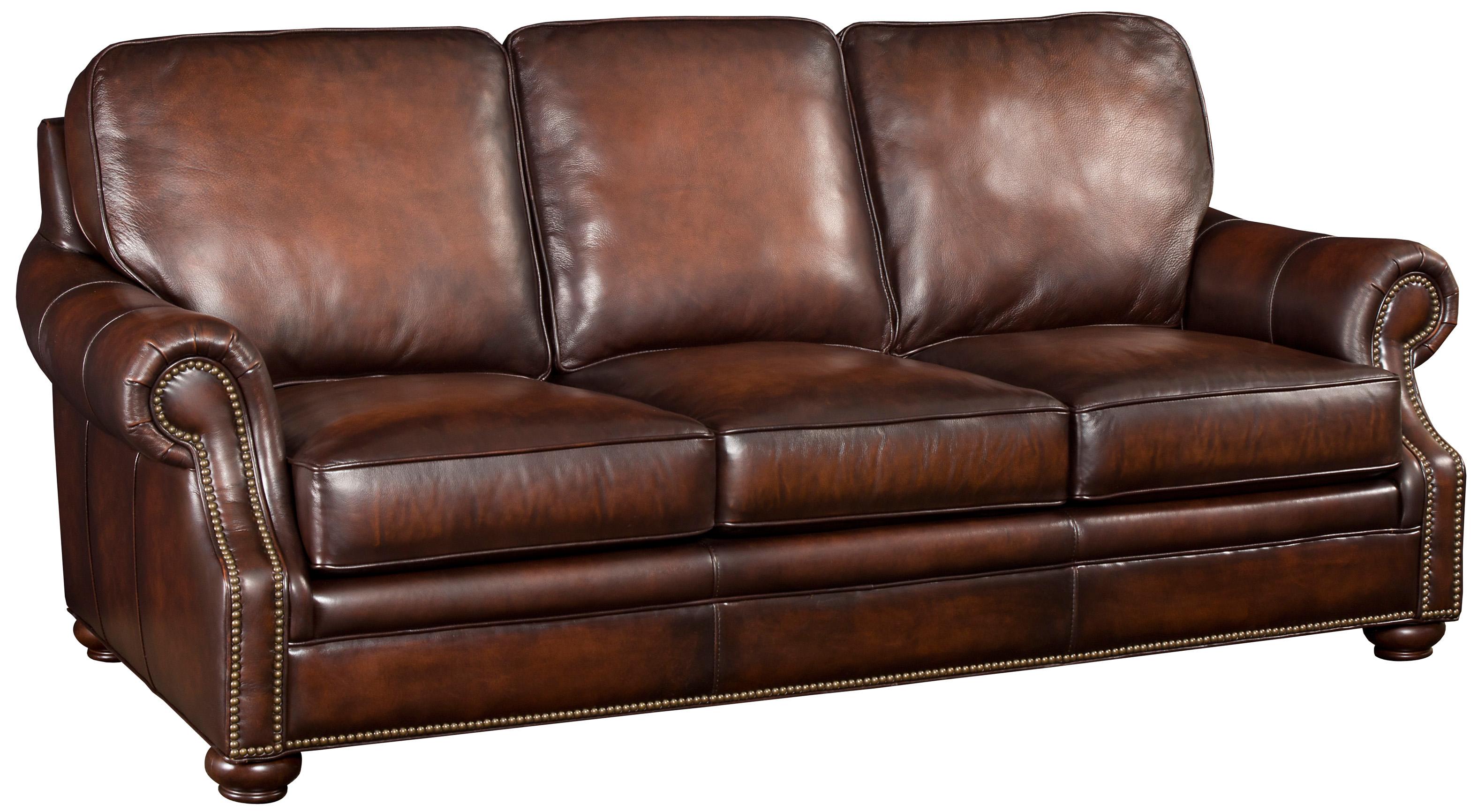

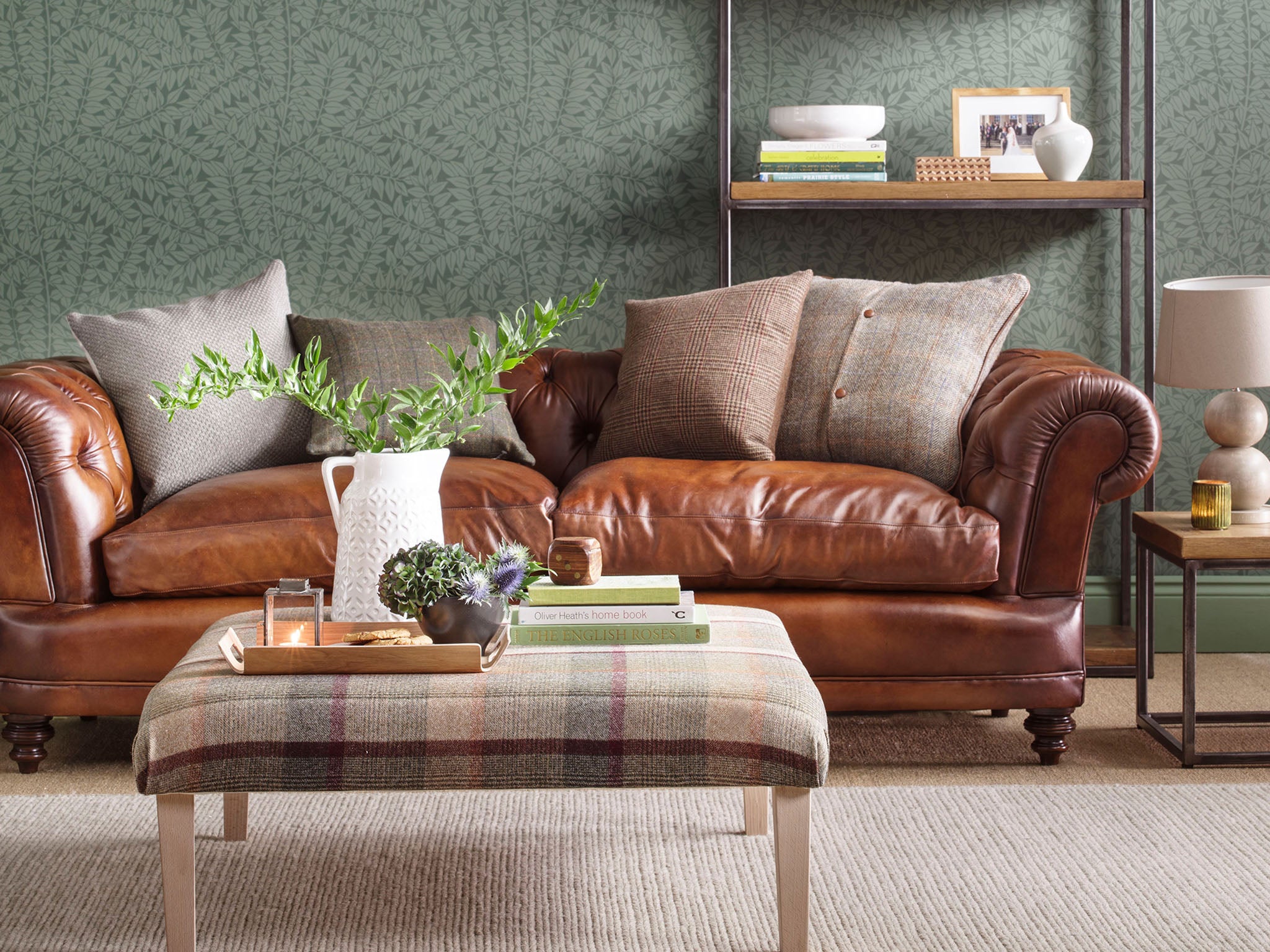










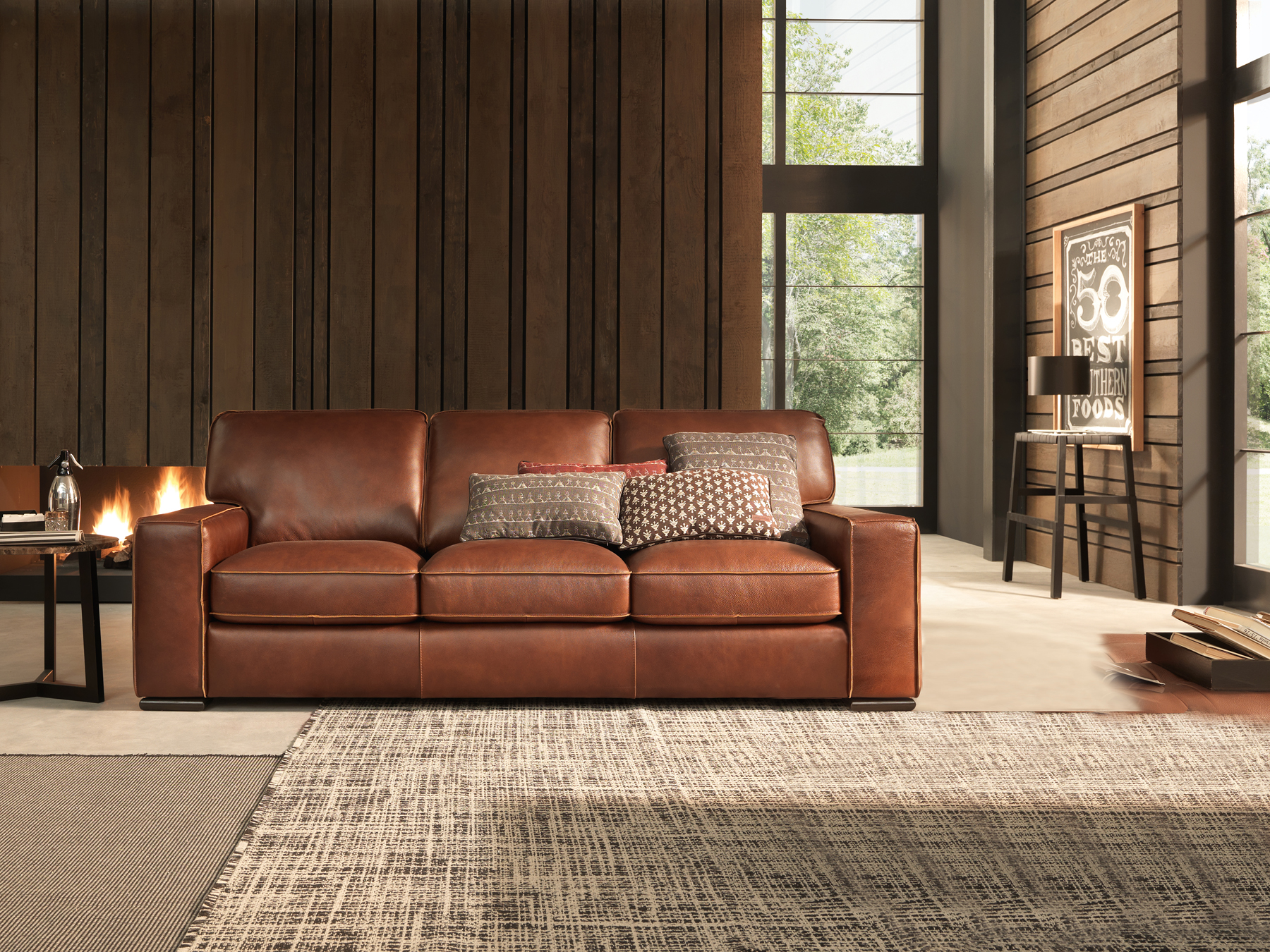

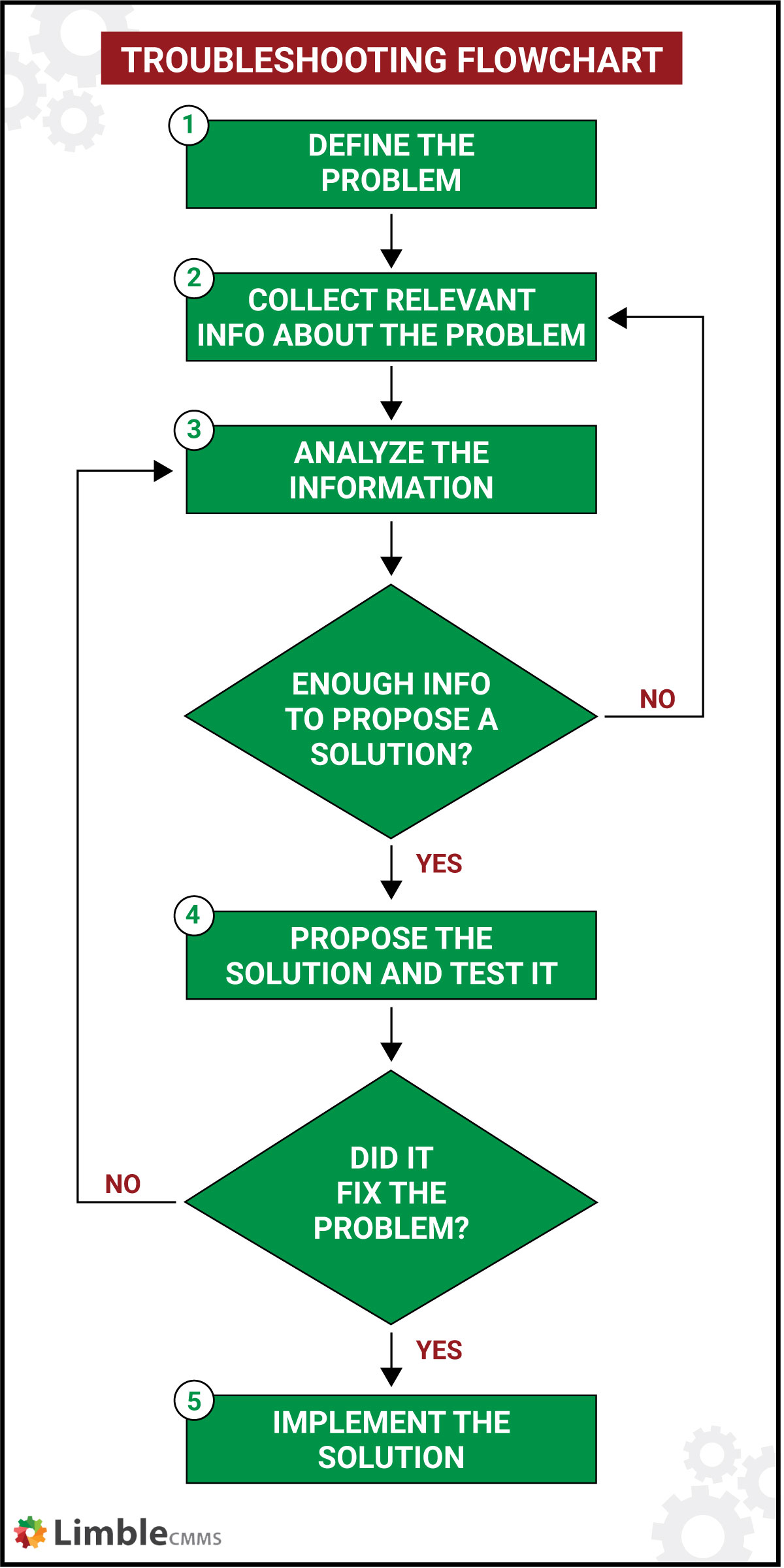





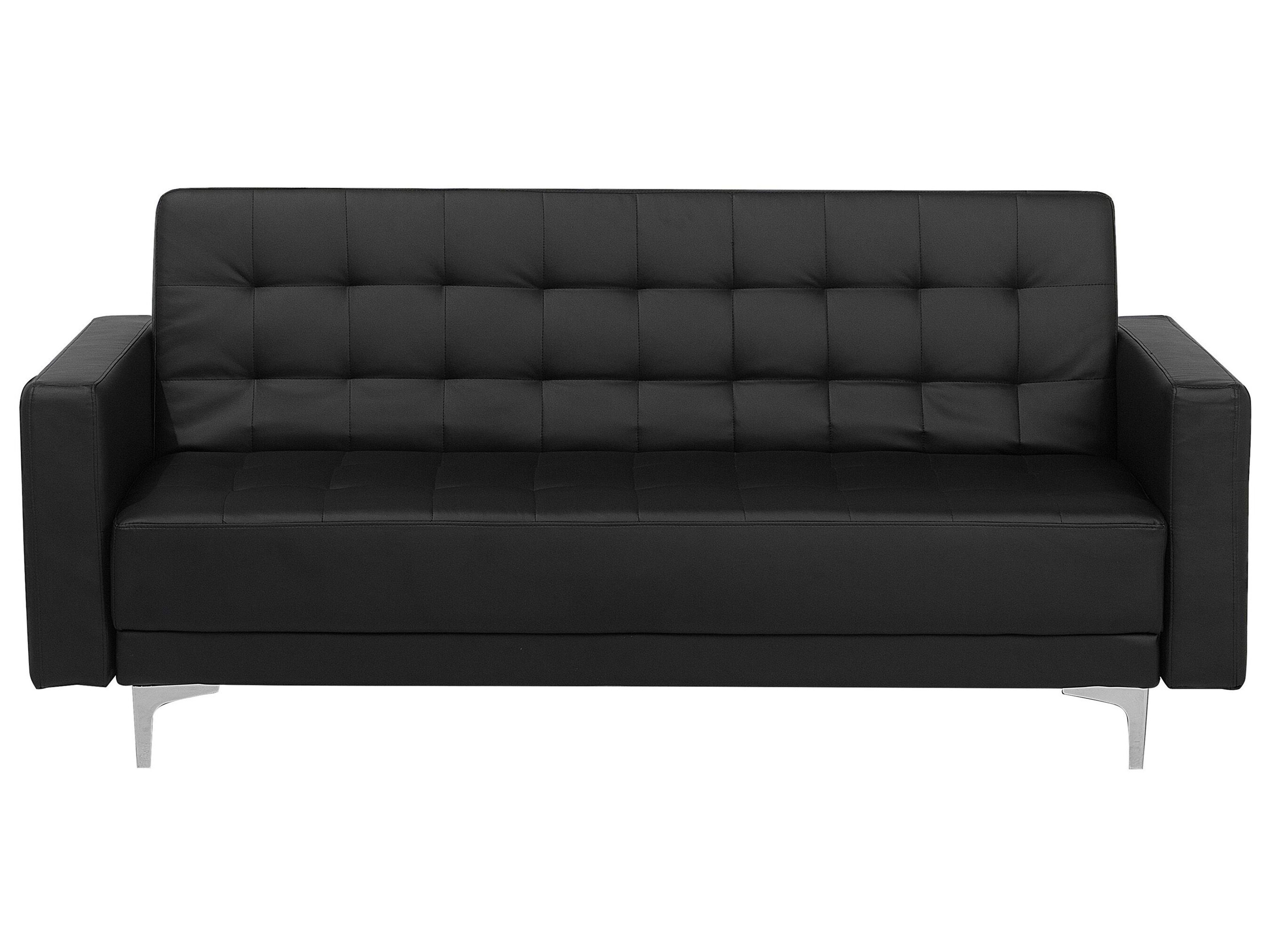

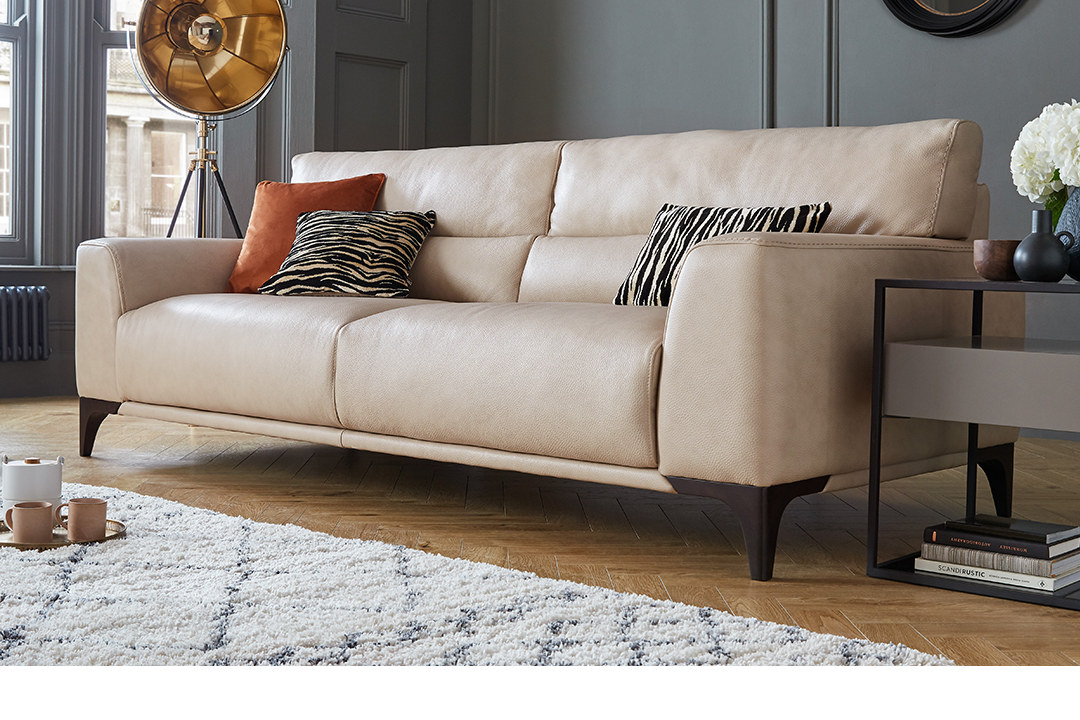
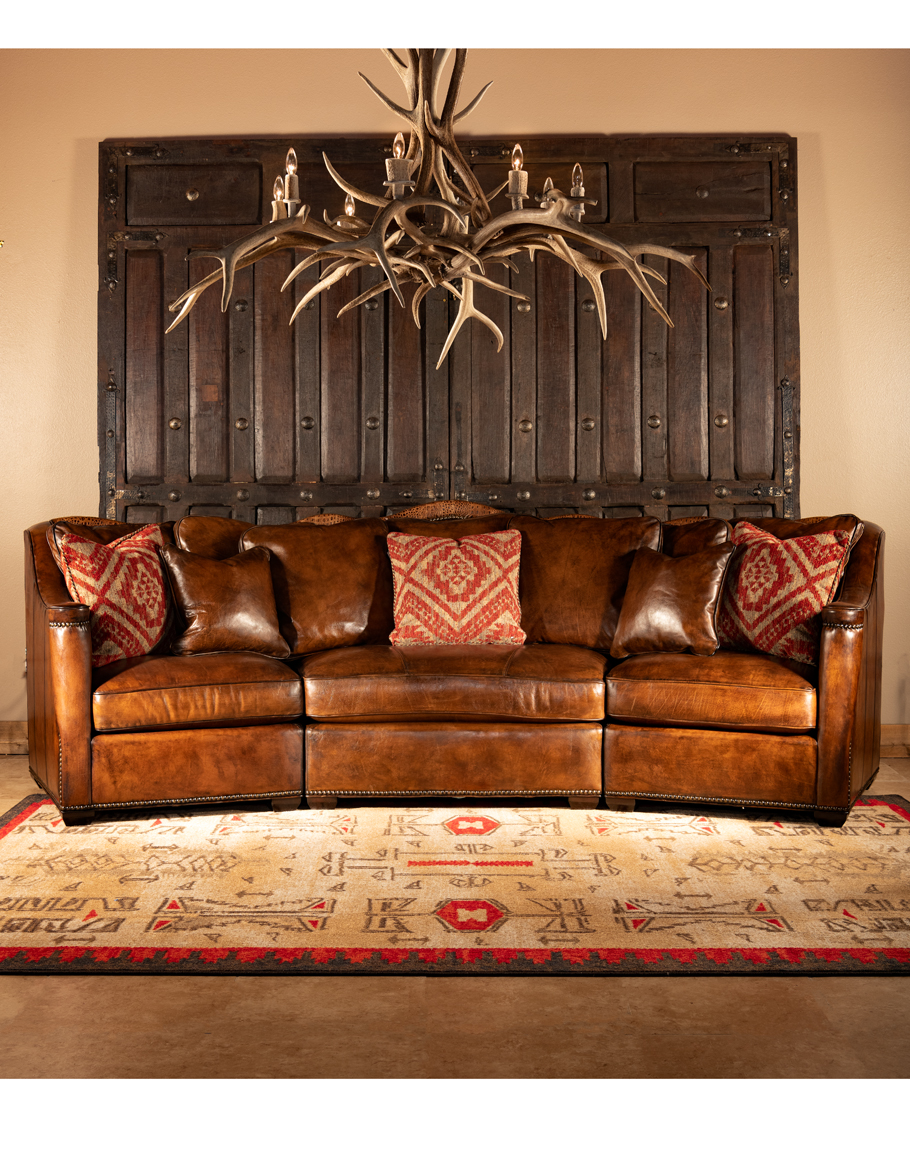

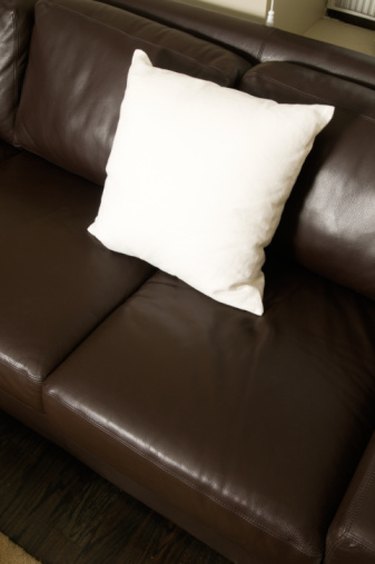
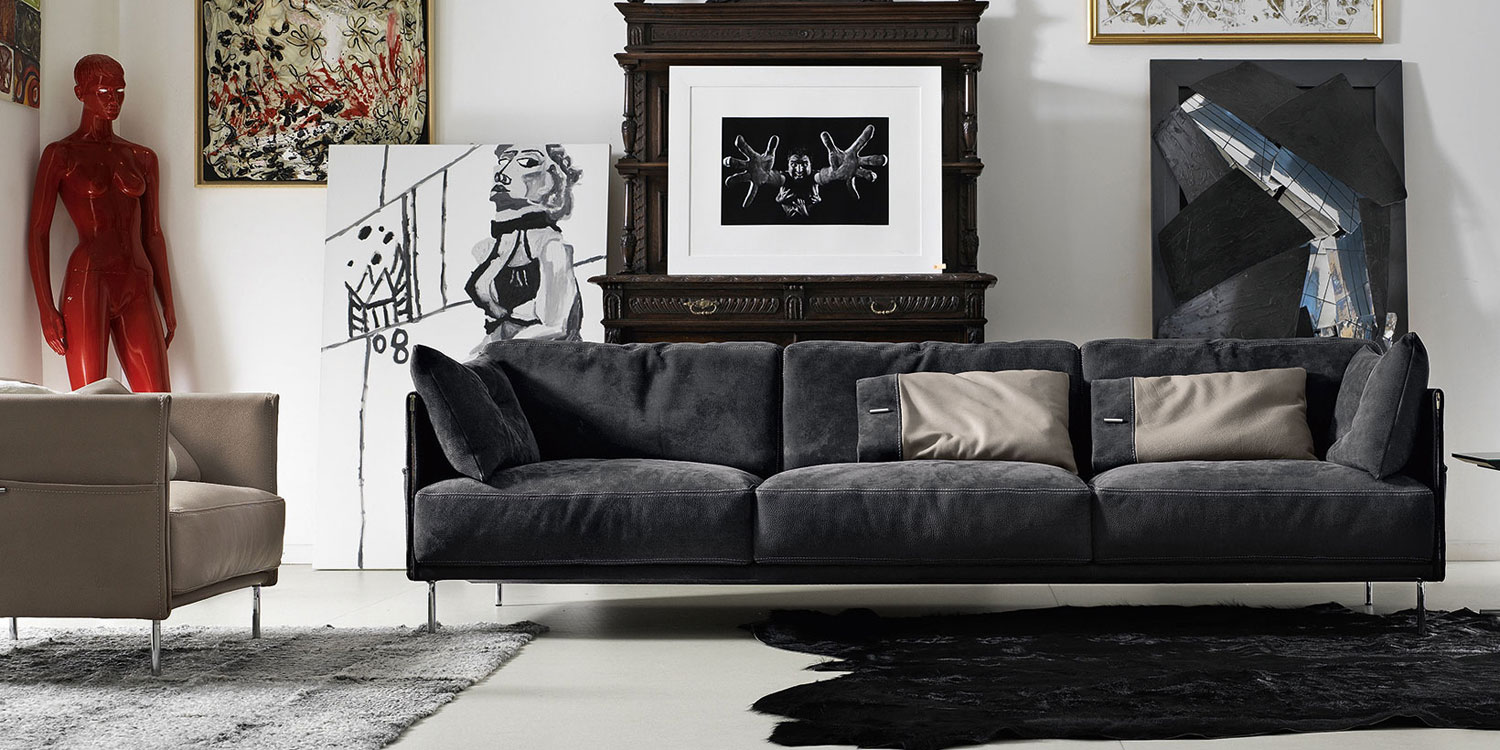




.jpeg?w=1700&h=2550)
